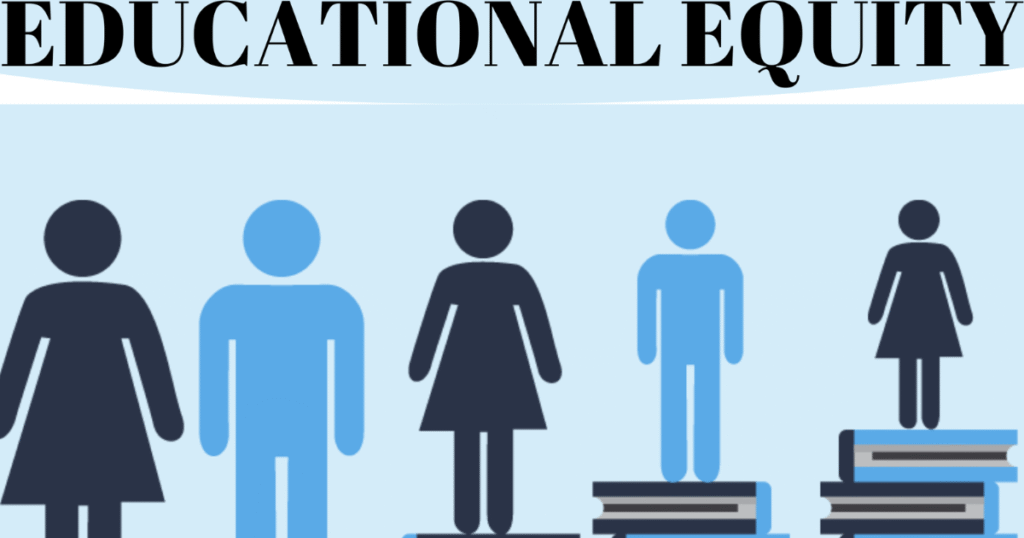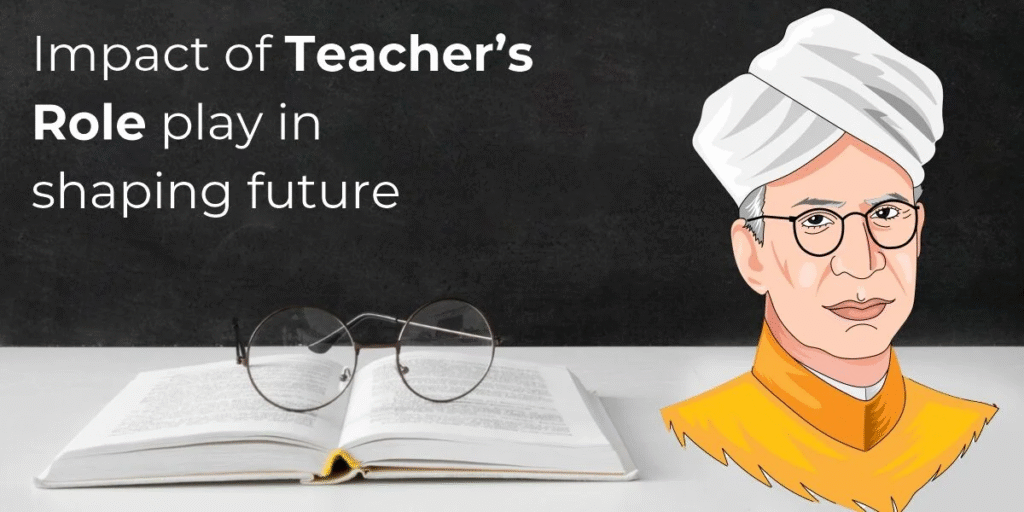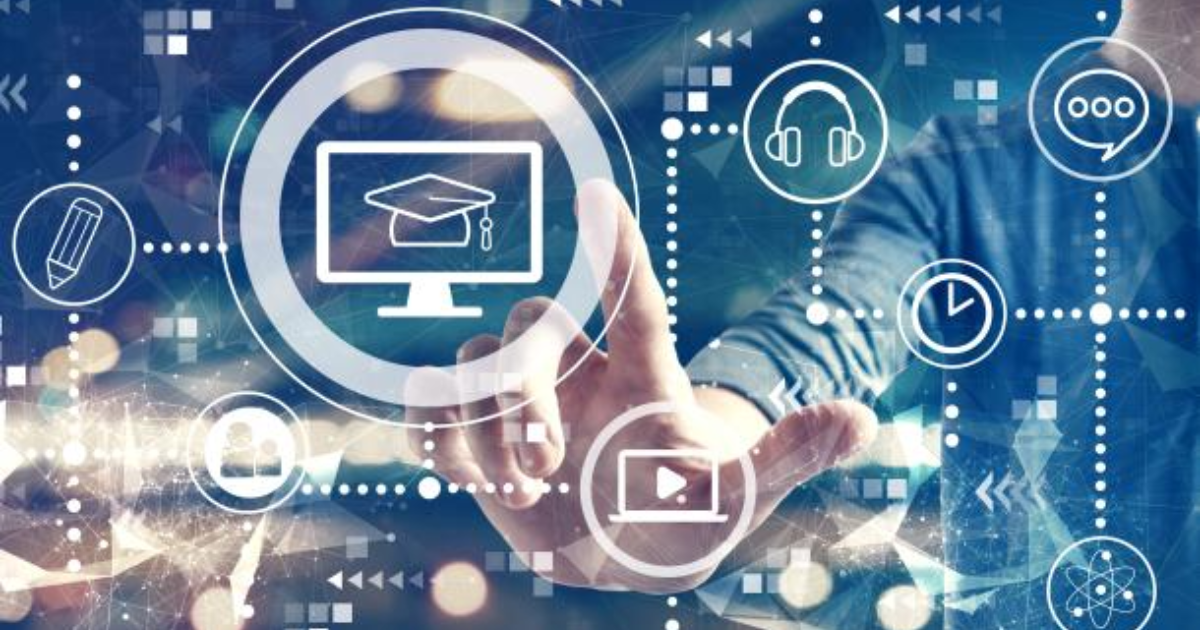As the world continues to evolve rapidly, so too must the systems we rely on to educate future generations. The traditional classroom, once defined by chalkboards and rigid curricula, is being replaced by dynamic, technology-integrated, and student-centric environments. At the heart of this transformation is a new vision: one that emphasizes innovation, expands access, and upholds equity. Reimagining the future of education isn’t just about digital tools—it’s about creating inclusive, forward-thinking systems that prepare all learners for a complex, interconnected world.
This article explores the key trends, technologies, and strategies driving the future of education, focusing on how innovation, access, and equity are shaping more inclusive and effective learning environments for all.
The Need to Reimagine Education
Why Change Is Necessary

The world is changing at an unprecedented pace. Automation, climate change, and a globalized economy are redefining job markets, making it essential for education systems to produce adaptive, creative, and critical thinkers.
Key Shortcomings in Traditional Models
- One-size-fits-all curriculum that doesn’t accommodate different learning styles
- Limited access to quality education in rural or underprivileged communities
- Outdated assessment systems that focus on rote learning rather than real-world skills
Innovation: Driving the New Era of Education
The Role of Technology
Technology is a cornerstone of educational innovation. Digital platforms, mobile apps, and artificial intelligence are transforming how students learn, teachers teach, and institutions operate.
Key Innovations:
- Artificial Intelligence (AI): Enables personalized learning paths and automated feedback.
- Virtual and Augmented Reality (VR/AR): Immersive tools that help students experience complex subjects like history, science, or geography.
- Learning Management Systems (LMS): Platforms like Moodle and Google Classroom that manage assignments, grading, and collaboration.
- Blockchain Technology: Offers secure, verifiable educational credentials and transcripts.
Gamification and Interactive Learning
Gamification applies game-like mechanics—points, leaderboards, and badges—to engage students in a fun and competitive learning environment.
Benefits:
- Increases student participation
- Improves retention through repetition and interaction
- Encourages problem-solving and critical thinking
Project-Based and Experiential Learning
Real-world projects and hands-on experiences allow students to apply concepts in practical ways. This approach fosters deeper understanding, creativity, and collaboration.
Access: Breaking Barriers to Learning
Global Access Through Online Education
Online learning platforms like Coursera, Khan Academy, edX, and YouTube EDU have democratized access to education. Anyone with an internet connection can now learn from world-class institutions and experts.
Features:
- 24/7 accessibility
- Self-paced learning
- Courses in multiple languages
- Low or no cost to learners
Mobile Learning for Remote Regions
In countries with limited infrastructure, mobile phones serve as critical tools for education delivery. SMS-based lessons, offline apps, and radio learning programs are making a difference in remote and underserved communities.
Open Educational Resources (OER)
OER includes freely accessible, openly licensed textbooks, videos, and modules that can be adapted by educators and learners.
Advantages:
- Reduces the cost of learning
- Encourages collaboration and localization of content
- Empowers teachers with customizable materials
Equity: Ensuring Fairness and Inclusion
What Is Educational Equity?

Equity in education means ensuring every student has the resources and support they need to succeed, regardless of their socioeconomic background, gender, race, language, or ability.
Addressing the Digital Divide
While digital tools enhance education, they can also widen gaps if access is unequal. Governments and institutions must invest in:
- Internet connectivity
- Device distribution
- Training for students and teachers
- Inclusive design for people with disabilities
Culturally Responsive Teaching
This teaching method values students’ cultural backgrounds and integrates them into the curriculum, helping learners feel seen, respected, and motivated.
Gender Equity in Education
Programs that support girls in STEM, reduce dropout rates among marginalized groups, and ensure safe school environments are crucial to long-term success and equality.
Key Trends Shaping the Future of Education
Hybrid Learning Environments
Blending face-to-face and online instruction offers flexibility, continuity, and resilience, especially during disruptions like pandemics or natural disasters.
Competency-Based Education
Instead of time-based progression, competency-based systems allow students to advance upon mastering a skill, promoting a personalized pace of learning.
Lifelong and Microlearning
The future of education extends beyond K–12 and college. As industries evolve, workers need continuous skill upgrades. Microlearning modules and certification courses are addressing these needs.
Data-Driven Insights
Advanced analytics help educators:
- Identify struggling students early
- Track engagement levels
- Evaluate instructional effectiveness
- Personalize interventions
The Role of Teachers in the Future of Education

From Lecturer to Facilitator
In modern classrooms, teachers act more as facilitators or guides, helping students navigate resources, ask critical questions, and collaborate with peers.
Upskilling and Professional Development
To thrive in tech-rich environments, teachers need ongoing training in digital tools, classroom management in virtual settings, and new pedagogical models.
Emotional Intelligence and Well-being
As mental health becomes a core focus, teachers are increasingly expected to provide social-emotional support, fostering resilience, empathy, and well-being in students.
Reimagining Curriculum and Assessment
Interdisciplinary Learning
Breaking down subject silos encourages holistic understanding. Students might combine math with art, science with social issues, or literature with history to see real-world connections.
Skills for the 21st Century
Curriculums must include:
- Critical thinking
- Communication
- Collaboration
- Creativity
- Digital literacy
- Global awareness
Alternative Assessments
Portfolios, peer reviews, presentations, and real-world projects are replacing standardized tests in many progressive systems, offering more meaningful evaluations of student ability.
Global Examples of Educational Transformation
Estonia’s Digital Leap
Estonia has integrated technology across all education levels. Every student has digital access, and national platforms support e-learning, attendance tracking, and digital testing.
Rwanda’s One Laptop Per Child Program
This initiative distributed affordable laptops and trained teachers, significantly improving literacy and digital skills in rural communities.
Finland’s Student-Centered Model
Known for its equity-driven and flexible approach, Finland emphasizes teacher autonomy, play-based learning, and reduced homework—all with world-class results.
The Role of Policy and Government
Investing in Infrastructure
Governments must fund:
- Broadband expansion
- Device access
- Public-private partnerships
- Teacher training
Creating Inclusive Standards
Policies should promote universal access, special education programs, language support, and safety measures to build truly inclusive systems.
Supporting Innovation
Regulations should enable schools and startups to experiment with new models, like AI-powered tutoring, blockchain credentials, or virtual schools.
Also Read : What Are The Steps To Writing A Dissertation?
Conclusion
Reimagining the future of education means more than introducing new tools—it requires a systemic transformation grounded in innovation, access, and equity. When designed and implemented thoughtfully, educational technology and progressive pedagogy can democratize learning, empower marginalized communities, and equip future generations with the skills they need to thrive. The path ahead must be inclusive, flexible, and student-centered, driven by data, compassion, and a commitment to lifelong learning. The future of education isn’t just digital—it’s human, holistic, and hopeful.
Frequently Asked Questions (FAQs)
What is the biggest challenge facing the future of education?
The greatest challenge is ensuring equitable access to quality education, especially in low-income or rural areas where technology and resources are limited.
How does educational technology support equity?
EdTech can bridge learning gaps by offering personalized, flexible, and low-cost learning solutions, provided that students have access to the necessary infrastructure.
Will teachers be replaced by technology?
No. While technology supports learning, teachers remain essential for mentorship, emotional support, and guiding meaningful discussions and inquiry.
What skills will students need in the future?
Key skills include critical thinking, digital literacy, adaptability, emotional intelligence, and collaboration—all crucial for the modern workforce.
How can schools prepare for the future of education?
Schools can begin by adopting blended learning models, training teachers in digital tools, updating curricula to reflect 21st-century skills, and prioritizing inclusivity and mental health.


